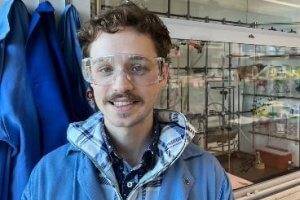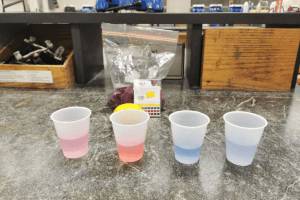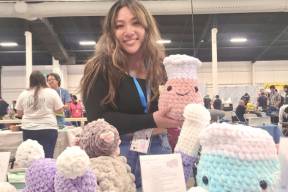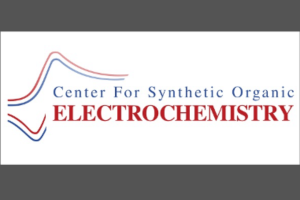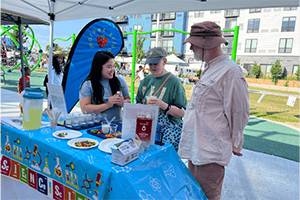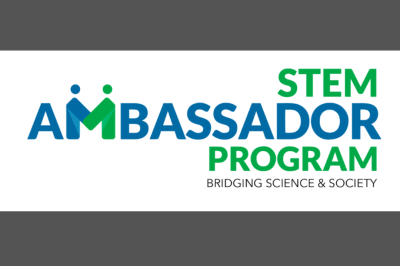
As I stepped into Meridian Mall on a bright Saturday morning, the hum of bustling shoppers and local produce sellers filled the halls. With support from the Government of Meridian Township, this venue would serve as the backdrop for our engagement activity aimed at spreading awareness about the practical benefits of solar energy.


